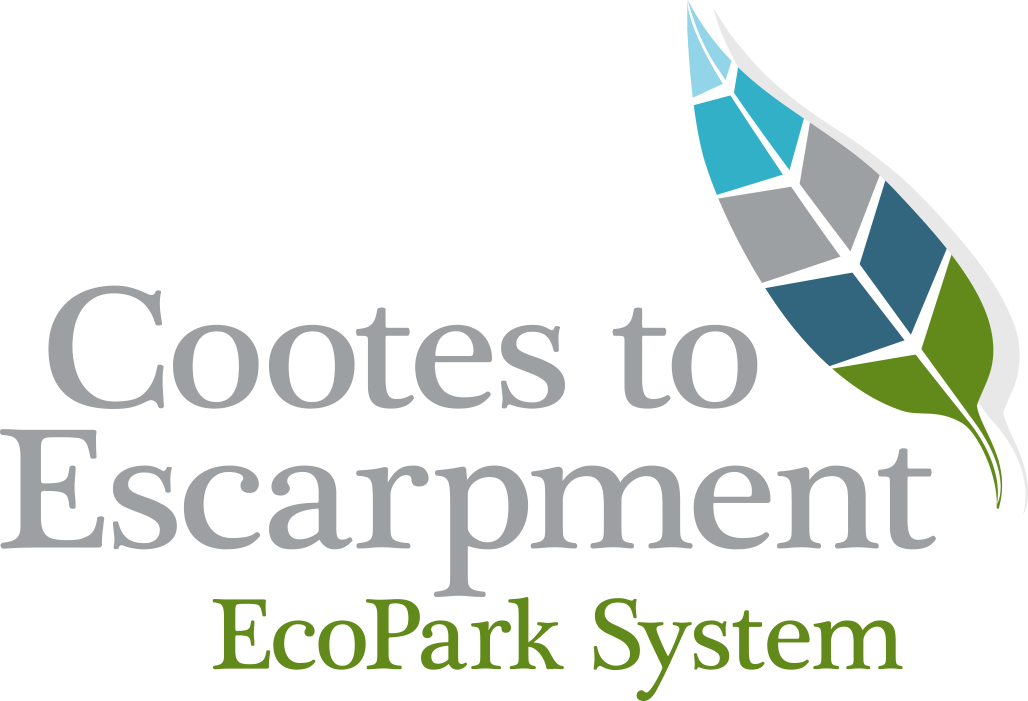Greenbelts Around the World Responding to Local and Global Challenges
The Greenbelt Foundation has released a report titled Greenbelts Around the World Responding to Local and Global Challenges. This report examines how greenbelts are evolving to respond to current and emerging conditions found within cities and regions around the world, as an update to the Greenbelt Foundation’s global greenbelt research first published in 2010.
Greenbelts have come under increased stress from a combination of forces, including urban and suburban development, the creation and expansion of infrastructure projects within protected areas and changes in political agendas. There are also positive changes to report, among them the increasing popularity of local food and urban agriculture, a hyperawareness through the COVID-19 pandemic about the health benefits of nature and access to open space, and the growing recognition of the environmental benefits provided by natural areas, particularly given climate change pressures.
The information and insights gained from this research are aimed to provide recommendations for international greenbelt planning in general and for Ontario’s Greenbelt more specifically. Overall, the key findings of this research are that:
Greenbelts reflect the historical, social, political, and environmental contexts of the jurisdictions in which they are located.
Strong public awareness and support are important for the long-term protection of greenbelts, which is especially critical since the research shows that greenbelt policies are most often vulnerable to development and political pressures.
Threats to greenbelt protections have increased since 2010.
Greenbelt policy and implementation can be threatened or diminished by changes in governing political parties and a lack of municipal cooperation.
Greenbelt policy goals have become increasingly multifunctional and are expected to fulfill more objectives than ever before.
The COVID-19 pandemic affirms the importance of greenbelts for public health and well-being, contributing to increasing demands for access to natural spaces including the attractiveness of housing in urban peripheries.
Based on the case study findings, this research identifies several strategies that may be applied to further enhance and strengthen the protection of the Ontario Greenbelt:
Ensure the continued permanence of firm boundaries for the Greenbelt;
Municipal planning and development decisions regarding Greenbelt lands can be supported through enhanced guidance;
The Ontario Greenbelt needs to be supported by programs and funding priorities that align with its planned functions and policy goals;
Re-affirm the strong leadership and supportive role of the Greenbelt Foundation in order to further raise the awareness of the Ontario Greenbelt;
Leverage regional research programs to further advance the Greenbelt Plan objectives, beyond land use planning;
Call for higher standards and levels of coordination for infrastructure projects and resource extraction within the Ontario Greenbelt, including a fuller assessment of cumulative impacts;
Enhance equitable access to the greenbelt. It can be challenging to access the Ontario Greenbelt’s recreational and tourist sites without a private vehicle. However, better utilizing the existing local and regional transit networks could increase residents’ access to the greenbelt;
Explore ways to increase the supply of Greenbelt grown products in the local marketplace; and
Plan celebrations for the 20th anniversary, in 2025, of the Ontario Greenbelt.
Overall, this research confirms that Ontario’s Greenbelt is an international leader in greenbelt planning. It is underpinned by a strong policy framework, has broad public support and its implementation is supported by dedicated civil society groups and the Greenbelt Foundation, all of which contribute to making the Ontario Greenbelt a vibrant and thriving landscape.
Read the full report below.
